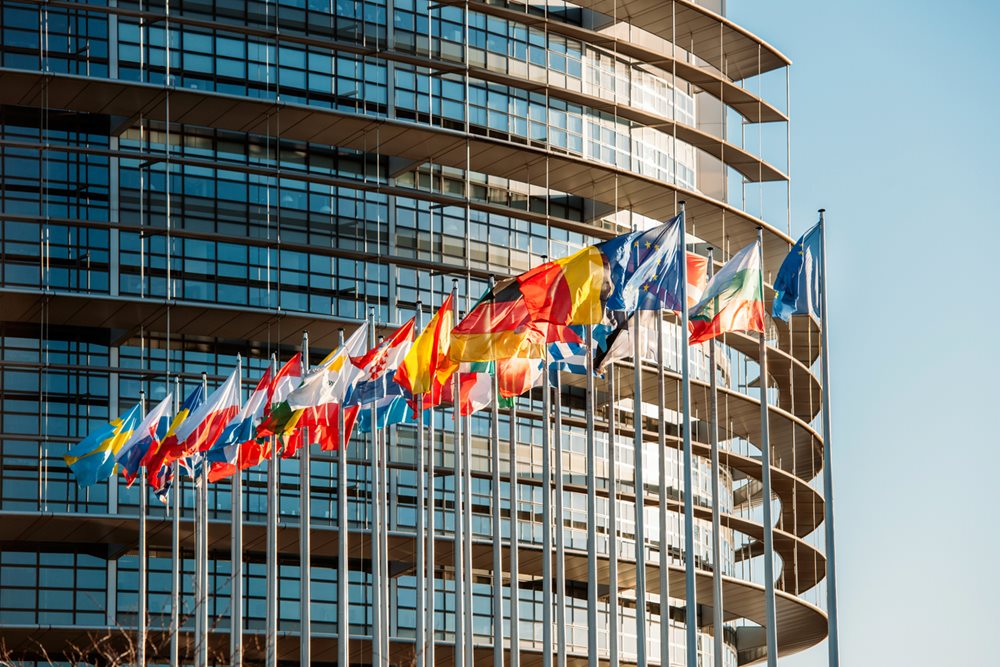
How GRC Shapes PPP Risk Management
Public-private partnerships (P3) can be complex. The first step is often collating a comprehensive list of risks associated with the project. This risk register contains any unpredictable variables, which must now consider the sustainability risks and the governance, risk, and compliance (GRC) systems that will moderate those risks.
The risks of a project will vary based on the country and the political and environmental factors that may impact the project during its lifespan. A significant portion of risk falls within the P3 procurement process.
The OECD found that government agencies struggle to get value for money out of PPPs if they are not equipped to manage them effectively. Further, PPPs can obscure real spending and make government action non-transparent, using off-budget financing, which is potentially risky for fiscal sustainability.
To mitigate these risks, along with environmental sustainability in procurement, full transparency of the process, including a robust governance, risk and compliance framework, is key to ensuring P3 projects meet public expectations.
Organization is the key to confidence in P3 procurement
Don’t leave the outcome of P3 procurement to chance. Maintain public sector and private stakeholder confidence with a proven procurement checklist to minimize risk.
What does GRC stand for?
GRC stands for Governance, Risk and Compliance. It is a framework used by organizations to integrate each element to ensure that the partnership objectives are met, risk is minimized and all laws and regulations are complied with.
What is a P3 or PPP?
A public-private partnership is a long-term agreement between the government and a private partner where the private organization delivers and funds public services using a capital asset, sharing the associated risks. A PPP may fund infrastructure assets like bridges or roads, or social assets like hospitals, utilities or prisons.
P3s were first adopted in Canada, the United Kingdom, Australia, and Singapore, with adoption continuing globally. Common types of procurement for P3 include:
- Design-Build-Finance-Operate-Maintain (DBFOM): this is the most comprehensive model, transferring most risk from the public to the private sector.
The private sector partner is responsible for the full lifecycle of the infrastructure and finances the project. The public sector owner determines the operation and maintenance standard, remunerating the private partner based on performance.
- Design-Build-Finance-Maintain (DBFM): this model transfers significant long-term risk from the government owner to the private sector.
The private sector partner is responsible for the lifecycle of the infrastructure, with the government agency responsible for operations.
-
Progressive P3: A progressive P3 project brings the private partner into the project early to consult and contribute to defining project requirements, including design, pricing and risk, before the P3 agreement is finalized. This model was first used in Canada in 2021 and suits social infrastructure projects like hospitals.
-
Concession P3: A concession P3 provides the private partner with revenue from the asset, such as a percentage of tolls on a highway. In other respects, the project has the same components as full lifecycle P3s. Government investment is often still required where revenue generated by the asset does not fully fund the project or where risk is not fully transferred.
What is GRC compliance in P3?
Governance, risk, and compliance principles are important to ensure that public-private partnerships are managed ethically and effectively.

GRC compliance in P3
GRC principles ensure that organizations in P3 manage long-term relationships with integrity, transparency and accountability. GRC ultimately enables the project to deliver value for money and achieve strategic objectives.
Transparent and accountable procurement strategies establish confidence and ensure that the collaboration between public and private partners continues smoothly even if individuals in key roles change.
Governance in P3
P3 projects must have clear, predictable, and legitimate institutional frameworks. Procuring authorities, regulatory bodies, and political leadership, as well as private partners, must have defined roles and responsibilities.
Active consultation and engagement with stakeholders ahead of and during the project are essential to monitor service quality and define project objectives over the project lifecycle.
Risk management in P3
P3 projects allow government agencies to capitalize on the risk management capabilities of the private sector for large infrastructure projects. To benefit from this and deliver greater cost efficiency and timely delivery than traditionally procured public projects, government agencies should endeavor to pass construction, operational and commercial risks to the private partner.
Private organizations have stronger capabilities in construction and commercial risks as these can have massive financial consequences. Government agencies may have stronger capabilities with transparency and procurement compliance and may choose to hold these risks.

Sustainability in P3 procurement
Public procurement is often viewed as a strategic tool to drive innovation, promote sustainability, and mitigate climate change. While government agencies are positioned to ensure the regulatory aspects of sustainable infrastructure, resourcing from the private sector is critical in achieving carbon reduction goals.
Tender evaluation may include assessing environmental impacts, requiring certifications relating to sustainability, and requiring evidence of compliance with environmental laws. ISO 20400, established in 2017, outlines best practices for sustainable procurement.
Leverage data-driven insights to monitor GRC in P3 procurement projects
A data-driven approach to GRC ensures project transparency and accountability by linking GRC initiatives to the overall performance of the procurement process. From attracting and retaining talent with the latest tools, to ensuring the continuity of a long-term P3 project, Ansarada’s Procure platform is built for collaboration and certainty.
Achieve traceability of every step in the project and report accurately on sustainability, budget and quality KPIs with Procure. This purpose built platform is designed to streamline complex infrastructure projects and enable collaboration and innovation — try it for free.
FAQ about P3 procurement
What is GRC in procurement?
Governance, risk and compliance (GRC) is a structured approach to ensuring an appropriate strategy is in place so procurement meets industry and government regulations, manages risks, and achieves project objectives, including budgetary and political objectives.
What is the P3 procurement process?
Procurement processes for P3 projects may vary by jurisdiction, but will typically involve a two-stage process. The first stage is a public, open qualification process, followed by an invitational request for proposals which is issued to pre-qualified private bidders.
More on procurement:
-
Why transparency and competition are critical to infrastructure procurement
-
How to protect your infrastructure project from legal challenges
-
Procurement strategy pointers: why it pays to derisk your procurement process with technology